Despite the ludicrously fast forced-induction models that will continue to supersede these naturally aspirated heroes, we can’t help but mourn the driving exuberance that will be lost as big, high-revving engines become a chapter of automotive folklore.
 Honda’s hero supercar, The NSX, was Japan’s answer to the Porsche 911. The NSX put Honda on the Supercar map and during its ten years in production became a cult hero amongst those looking for a Japanese mid-engined alternative to the typical European options.
Honda’s hero supercar, The NSX, was Japan’s answer to the Porsche 911. The NSX put Honda on the Supercar map and during its ten years in production became a cult hero amongst those looking for a Japanese mid-engined alternative to the typical European options.
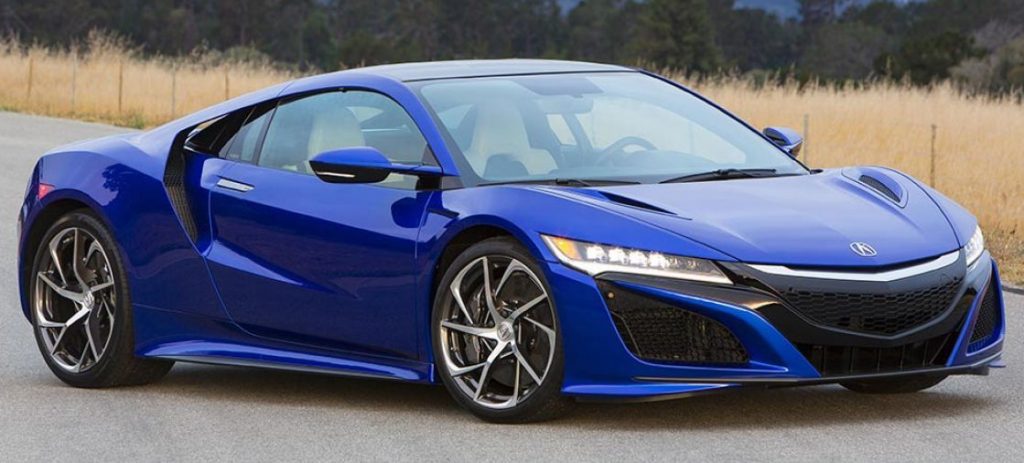 Honda revealed its new production NSX at the 2015 Detroit motor show. Equipped with a brutally powerful 3.5L twin-turbo V6, the NSX is set to release in the second quarter of 2016 and once again cause a stir in the supercar market.
Honda revealed its new production NSX at the 2015 Detroit motor show. Equipped with a brutally powerful 3.5L twin-turbo V6, the NSX is set to release in the second quarter of 2016 and once again cause a stir in the supercar market.
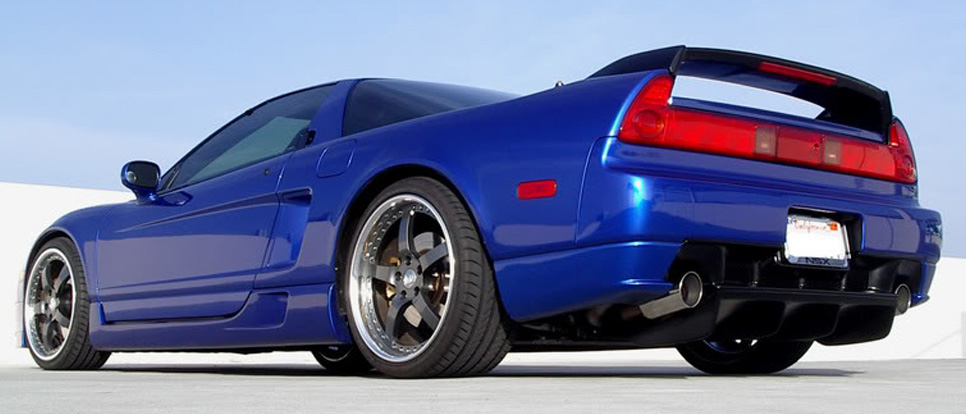
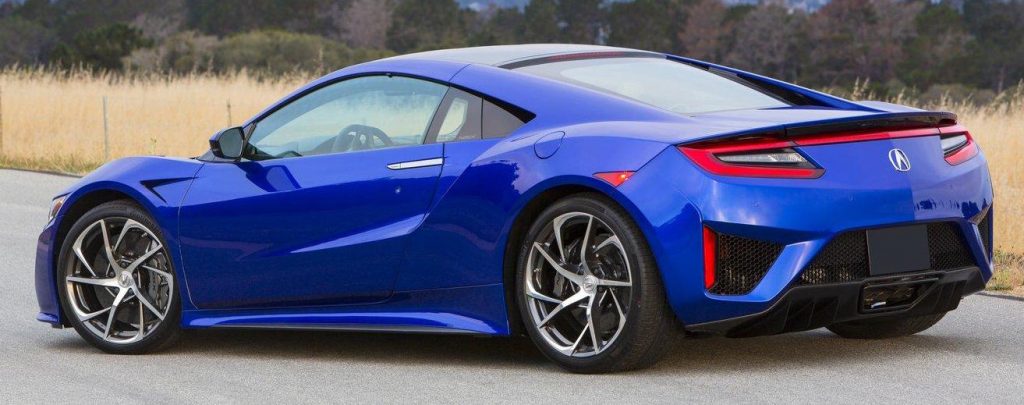
Thanks to a brilliant new automatic gearbox and its turbocharged 3.5L twin-turbo V6 the new Honda NSX takes half the time to reach 100km/h (5.9sec vs. 2.9sec). The question that must be asked is whether the extra speed equates to an improved, more involving driver experience or whether the original is still the best.
Old vs. New Specs
|
Honda NSX 1999 |
Honda NSX 2016 |
|
| Engine |
3.0L Aspirated |
3.5L Twin-Turbo V6 |
| Engine Output |
188kW/288Nm |
400kW/645Nm (estimated) |
| Fuel Consumption |
9.5 (L/100km) |
6 (L/100km) (estimated) |
| 0-100km/h |
5.8sec |
2.9sec |

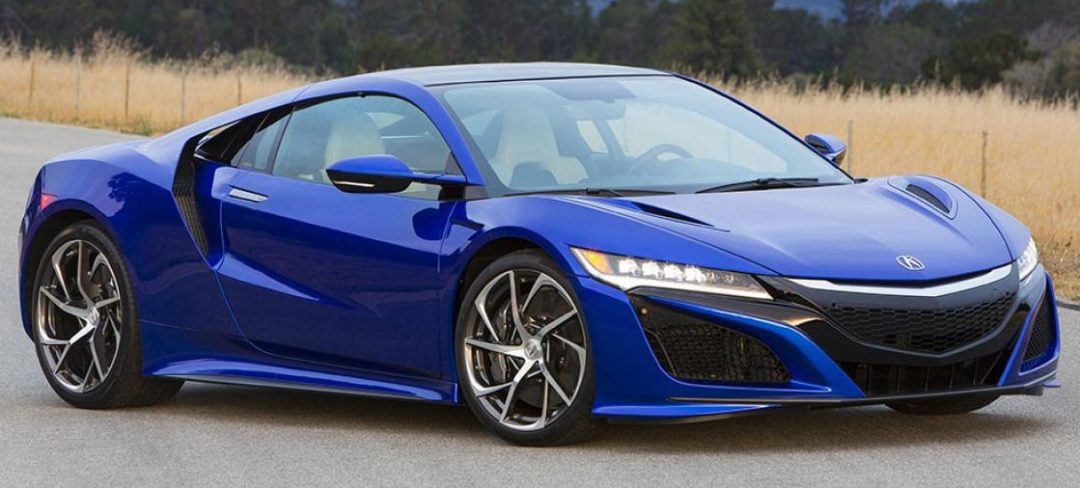
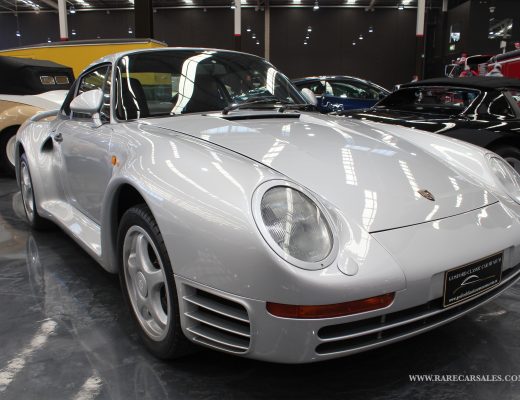

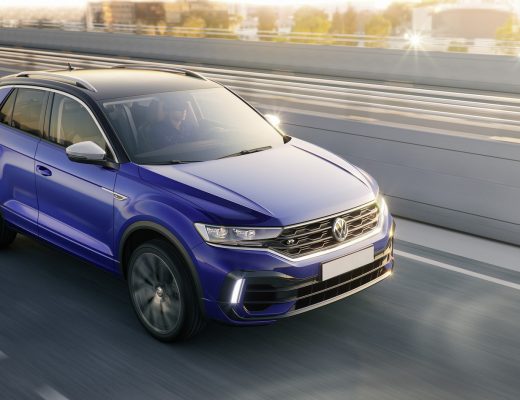
No Comments